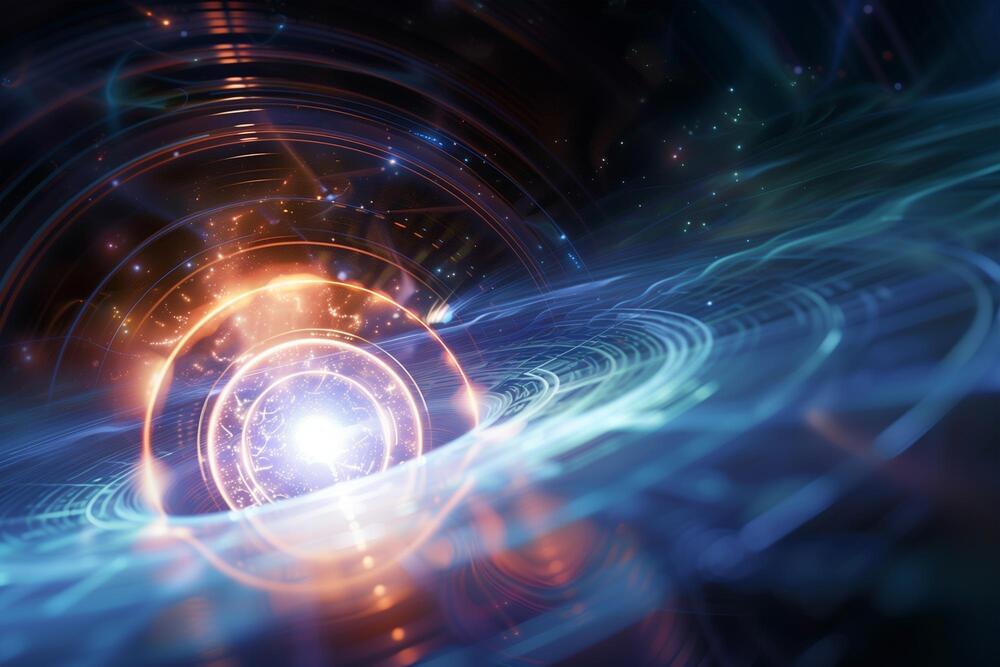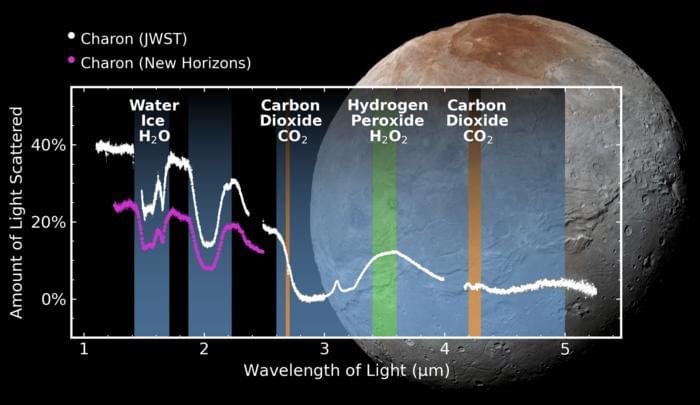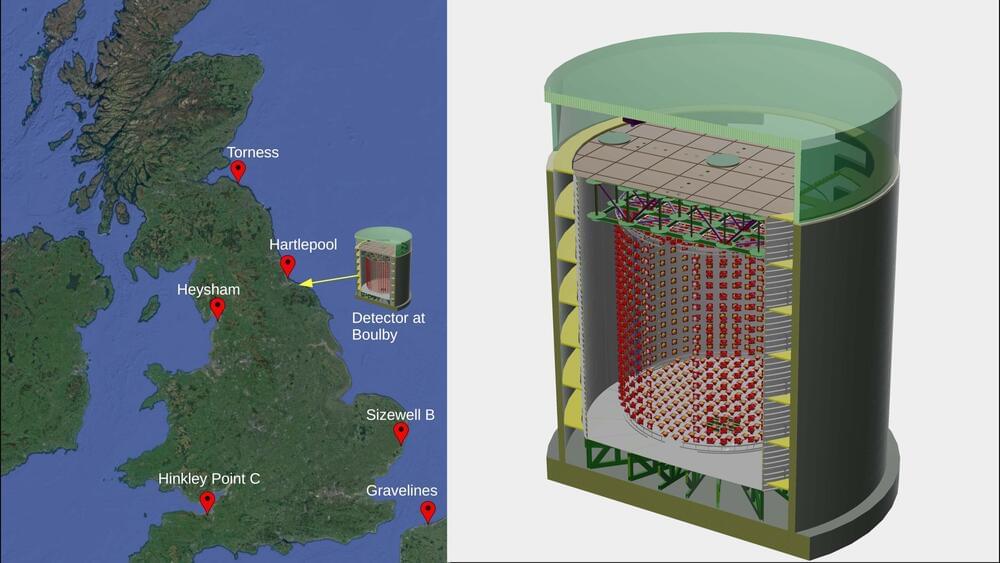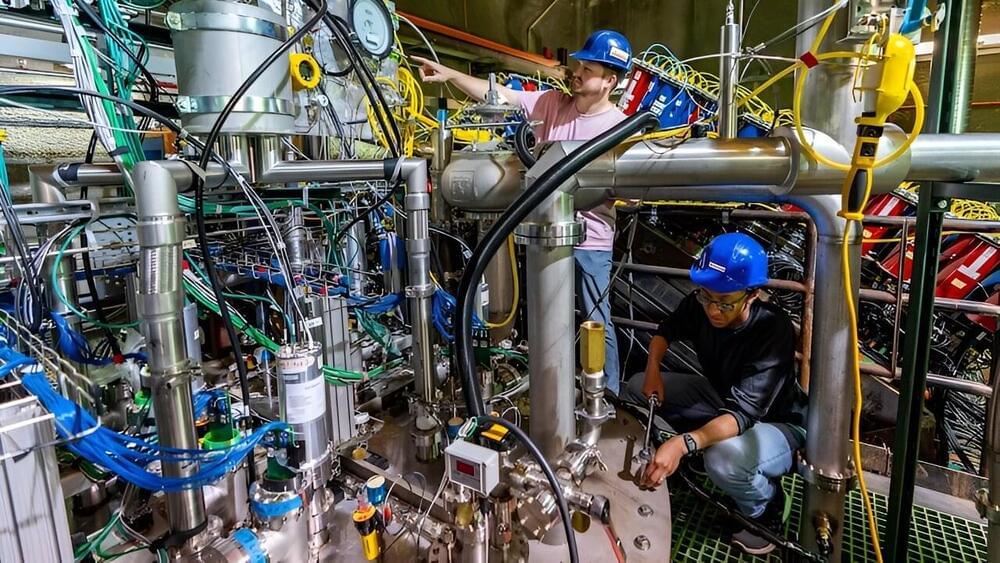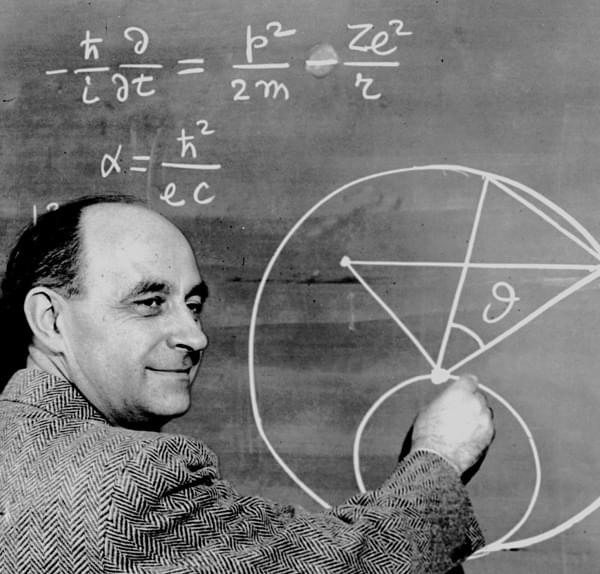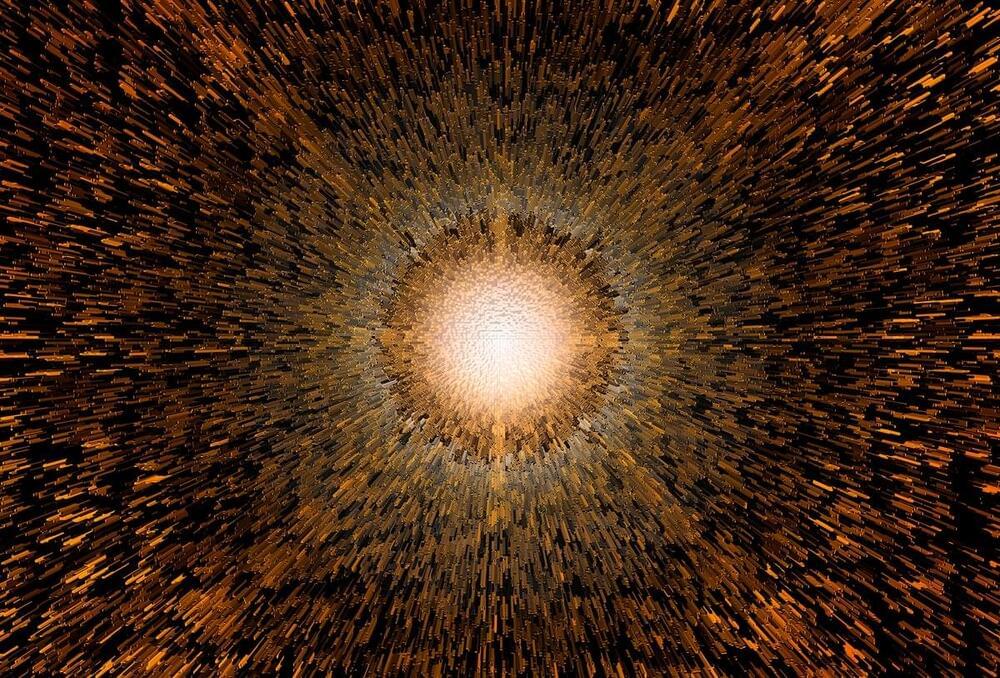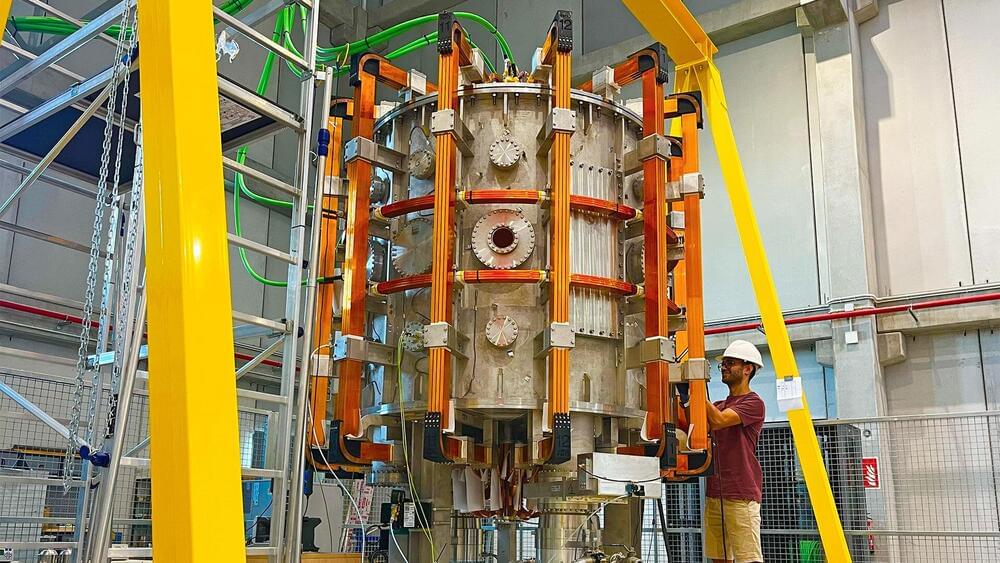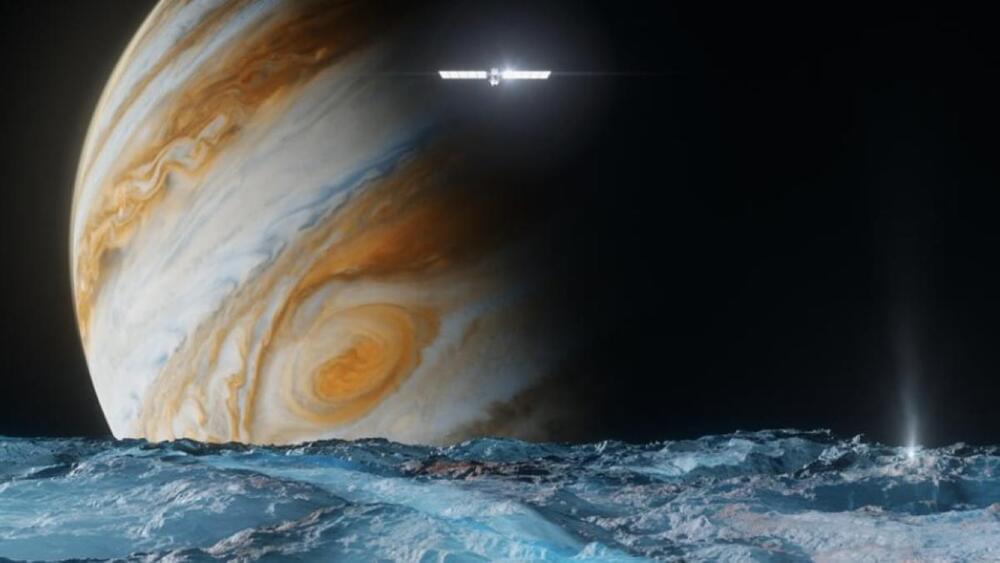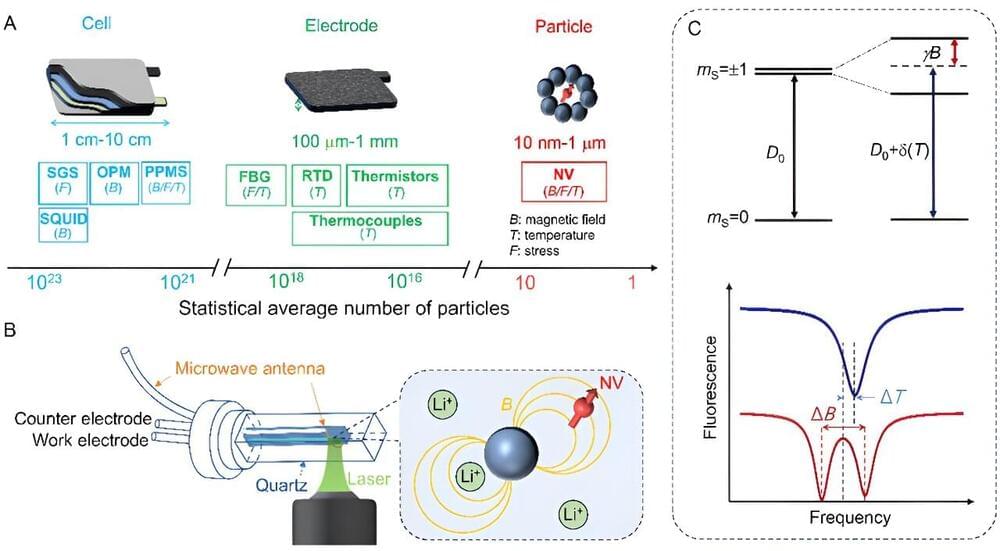On September 29, 1901 Enrico Fermi ForMemRS was born.
On May 11, 1974, National Accelerator Laboratory was given a new name: Fermi National Accelerator Laboratory. The eponym honors famed Italian physicist Enrico Fermi, whose accomplishments in both theoretical and experimental physics place him among the greatest scientists of the 20th century.
Many visitors to Fermilab reasonably conclude from its name that Enrico Fermi worked at the laboratory, but he never did. In fact, he died in 1954, years before scientists even officially recommended the construction of a U.S. accelerator laboratory in 1963.
In 1938, Fermi won the Nobel Prize for work that eventually led to the first controlled release of nuclear energy. He and his family then left Italy and came to the United States, where he accepted a position at Columbia University. He later moved to the University of Chicago, where he built the first atomic pile in the squash court under the university’s Stagg Field. While there, he continued investigating the nature of particles that make up the nucleus. He was also active in the design of the school’s synchrocyclotron. At the time of its completion, it was one of the most powerful atom smashers in the world.
